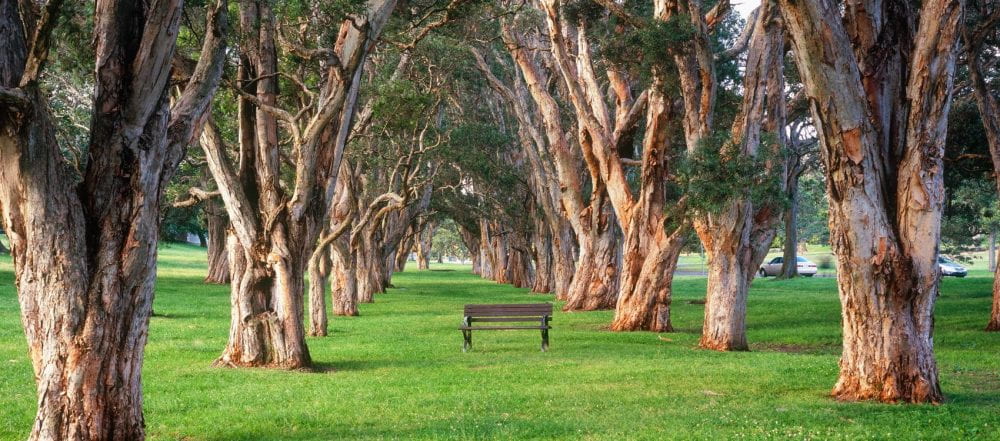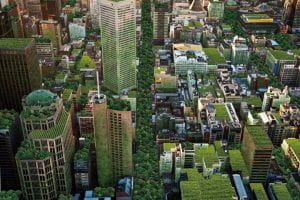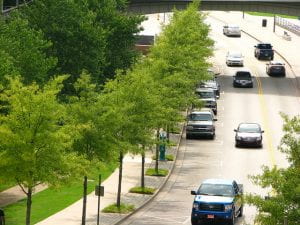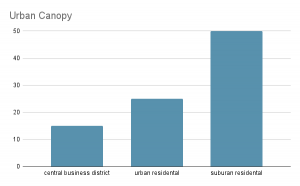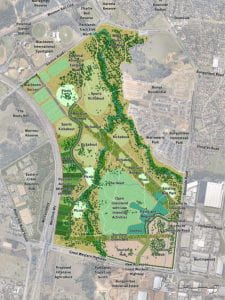Greening is transforming living environments and artifacts such as space, lifestyle, or brand image, into a more environmentally friendly version. Sydney, Australia proposed a greening Sydney plan in 2012, which was implemented to green the urban landscape. Physical greening of urban cities is important because it filters and improves the air we breathe, provides shade for our houses and streets, can regulate sunlight to our houses and streets, reduces urban runoff and stormwater pollution, improves the appearance, economic value, and liveability of our cities, and provides a connection to nature in our cities (Greening Sydney Plan).
- Improving our quality of life and well-being
- Meeting the needs of both present and future generations
- Justice and equity in recognition, process, procedure, and outcome
- Living within ecosystem limits
The article, “Greening Sydney: attitudes, barriers, and opportunities for tree planting”, mentions how people’s opinions vary on greening and sustainability in urban areas based on their socio-economic backgrounds. Sydney’s greening plan must incorporate the diverse attitudes of the many different cultures located in the city, due to being the largest multicultural city in Australia. The article mentions how some people believe greening will be a “threat” to some urban infrastructures, indicating that tree removal is necessary for urban areas. The study shows that the attitudes regarding greening varied based on the individuals, income, education, and dwelling type. Sydney’s greening plan must consider the communities attitudes towards greening, along with properly educating the community on the many benefits greening will bring to the city. This will allow for more community members to become involved in programs regarding greening, which will benefit individuals’ social and mental well-being, along with positively impacting the economy and environment of the city.
David Tickle, a principal at international design firm HASSELL and who leads its urban design team, was interviewed in the article, “The Future of Sydney: Greening city more than just sustainability.” He wrote, “The starting point is talking to the community and then developing propositions or ideas about what the future of the city might be like.” Both articles mention how community involvement is a major factor when discussing greening in urban areas. Understanding the community’s needs and wants is important when developing plans to introduce more landscaping. Sydney’s greening plan will focus on prioritizing the people, by creating more enjoyable and healthier living areas, such as creating shadier, walkable streets, and reallocating street space to pedestrians.
